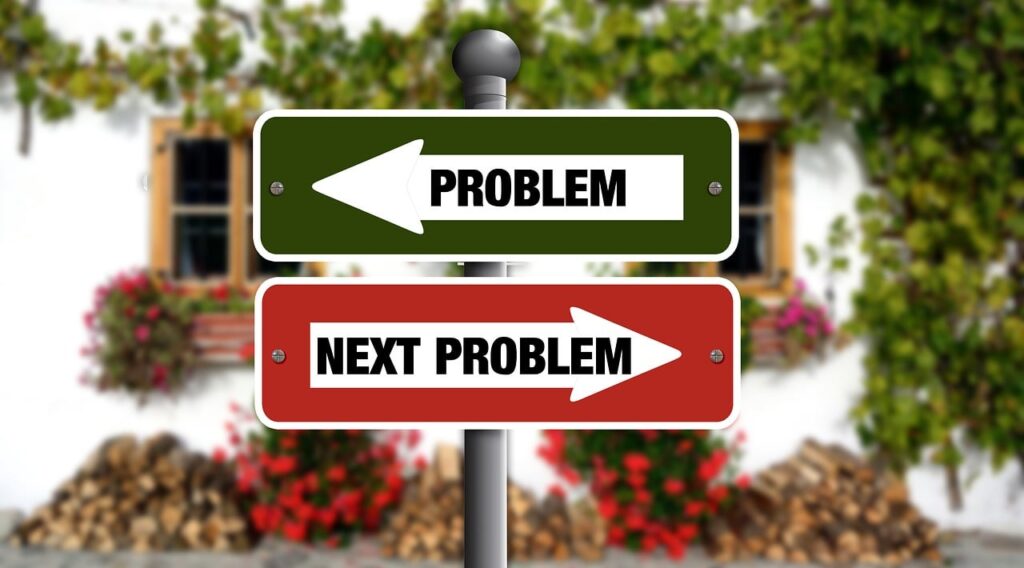Separating Divergent and Convergent Thinking: The Power of Two Thinking Modes

When tackling complex challenges, teams often struggle with brainstorming ideas and making decisions at the same time. This is because they are unknowingly blending two distinct modes of thinking: divergent thinking and convergent thinking. In Creative Problem Solving (CPS), keeping these two activities separate is critical to fostering both creativity and effective decision-making.
By understanding the difference between these two phases and applying them correctly, teams can generate better ideas, reduce premature judgment, and make stronger decisions. Let’s explore why this separation matters and how to implement it.
What is Divergent Thinking?
Divergent thinking is the expansive phase of creativity. It focuses on generating a wide range of ideas without immediate judgment or evaluation. This is where teams:
- Explore multiple possibilities
- Encourage wild, unconventional ideas
- Seek quantity over immediate quality
- Defer judgment to allow free thinking
By allowing ideas to flow without immediate critique, teams maximize creative potential and uncover solutions that might otherwise be overlooked.
What is Convergent Thinking?
Convergent thinking is the narrowing phase—it’s about evaluating and selecting the best ideas for implementation. This is where teams:
- Analyze and refine ideas
- Focus on feasibility and practicality
- Make informed decisions based on criteria
- Prioritize the strongest solutions
Jumping into convergent thinking too soon, before all possible ideas have surfaced, can result in missed opportunities and shallow solutions.
Why Keeping Them Separate is Critical
1. Reduces Premature Judgment
When teams critique ideas too soon, creative flow is stifled. People become hesitant to share bold ideas if they fear immediate rejection. Separating divergence from convergence creates a safe space for creativity to thrive.
2. Expands the Solution Space
Divergent thinking ensures that teams explore a broad range of possibilities before selecting a path forward. Without it, teams tend to default to comfortable, predictable solutions instead of true breakthroughs.
3. Creates Better, More Innovative Outcomes
By first generating ideas freely, then later applying structure to refine them, teams avoid tunnel vision and instead find unexpected, high-value solutions.
4. Aligns Teams and Builds Consensus
When people feel heard and their ideas are considered before filtering begins, they are more invested in the final decision. Separating these activities leads to better collaboration and stronger buy-in.
How to Implement This in CPS
Step 1: Divergent Thinking First
- Use techniques like brainstorming, mind mapping, or forced connections.
- Set a time limit to generate as many ideas as possible.
- Encourage creativity—there are no bad ideas at this stage!
- Avoid critiquing or analyzing ideas while generating them.
Step 2: Shift to Convergent Thinking
- Establish clear criteria for evaluation.
- Use tools like PPCO, or Targeting to refine ideas.
- Identify the most promising solutions based on feasibility and impact.
- Prioritize and develop action steps.
Final Thoughts
Separating divergent and convergent thinking is not just a best practice—it’s a game changer for creativity and problem-solving. It allows teams to generate breakthrough ideas while ensuring practical, well-vetted solutions emerge at the right time.
If your team is struggling with generating or selecting ideas, take a closer look at how and when you are using these two thinking modes. A simple shift in approach could lead to more innovation, better decisions, and higher engagement.
#CreativeProblemSolving #Innovation #DivergentThinking #ConvergentThinking #BetterIdeas


